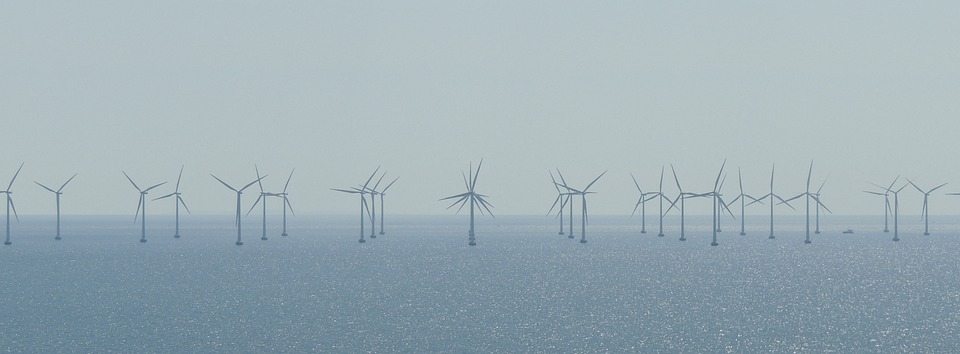What Is Clean Energy Charging?
Definition and Purpose
Clean Energy Charging is a feature introduced by Apple in iOS 16.1, designed to optimize battery charging on iPhones by aligning it with periods when the electric grid is using cleaner energy sources, such as solar or wind. The primary goal of this feature is to reduce the carbon footprint associated with charging devices by utilizing electricity generated from renewable sources, thereby minimizing the overall environmental impact of device usage[1][4].
How Clean Energy Charging Works
Charging During Cleaner Energy Times
When Clean Energy Charging is enabled, the iPhone analyzes the carbon-emission forecast for the local energy grid. It selectively pauses or schedules charging during times when cleaner energy is available. This feature is particularly effective during extended charging sessions, such as overnight, and activates primarily in locations where users typically spend significant time, like their homes or workplaces[2][5].
Location and Usage-Based Activation
The feature relies on location data to determine when to engage. It will not activate in new or inconsistent locations, ensuring that it only operates in familiar settings where users are likely to charge their devices for longer periods. This is managed through a machine-learning algorithm that learns user behavior and charging habits[3][6].
Benefits of Clean Energy Charging
– Reduced Carbon Emissions: By charging during periods of low-carbon energy availability, this feature helps lower greenhouse gas emissions associated with electricity consumption.
– Support for Renewable Energy Integration: Clean Energy Charging promotes the use of renewable energy sources, aiding in balancing demand on the grid and enhancing sustainability efforts.
– No Negative Impact on Battery Health: The feature does not harm battery health; instead, it optimizes charging times without overcharging or affecting battery lifespan[1][2].
User Control and Customization
Customizable Settings
Users have control over Clean Energy Charging and can easily enable or disable it through their device settings. If immediate charging is preferred, users can override the feature when necessary[3][4].
Minimal Disruption to Charging Habits
The system is designed to operate seamlessly in the background, activating only when it aligns with users’ typical charging routines. Notifications inform users if charging has been paused due to carbon emission forecasts[5][6].
Frequently Asked Questions (FAQs)
– Does Clean Energy Charging slow down charging?
No, it shifts charging to cleaner energy periods but ensures that the device is fully charged when needed.
– How does Clean Energy Charging know when cleaner energy is available?
It uses local grid data to detect periods with lower carbon emissions from energy sources.
– Is Clean Energy Charging mandatory?
No, users can disable this feature if they prefer traditional charging methods.
– Does it affect battery health?
No, it merely adjusts charging times without impacting battery lifespan.
– Which devices have Clean Energy Charging?
Currently, this feature is available on iPhones running iOS 16.1 or later in the United States[1][2][4].
Conclusion
Clean Energy Charging represents a significant step towards integrating sustainable practices into everyday technology use. By aligning device charging with cleaner energy availability, it not only contributes to reducing carbon emissions but also supports the broader adoption of renewable energy sources without compromising user convenience or battery health.

Kyle Whyte is a notable scholar and professor at the University of Michigan, holding positions such as the George Willis Pack Professor in the School for Environment and Sustainability and Professor of Philosophy. Specializing in environmental justice, his work critically examines climate policy and Indigenous peoples’ ethics, emphasizing the nexus between cooperative scientific endeavors and Indigenous justice. As an enrolled Citizen Potawatomi Nation member, he brings a vital perspective to his roles as a U.S. Science Envoy and member of the White House Environmental Justice Advisory Council. His influential research is supported by various prestigious organizations including the National Science Foundation, and disseminated through publications in high-impact journals. Kyle actively contributes to global Indigenous research methodologies and education, with affiliations to numerous institutes and societies dedicated to traditional knowledge and sustainability. Recognized for his academic and community engagement, Kyle has earned multiple awards and served in various visiting professorships. His efforts extend to leadership positions on boards and committees focused on environmental justice nationwide.
